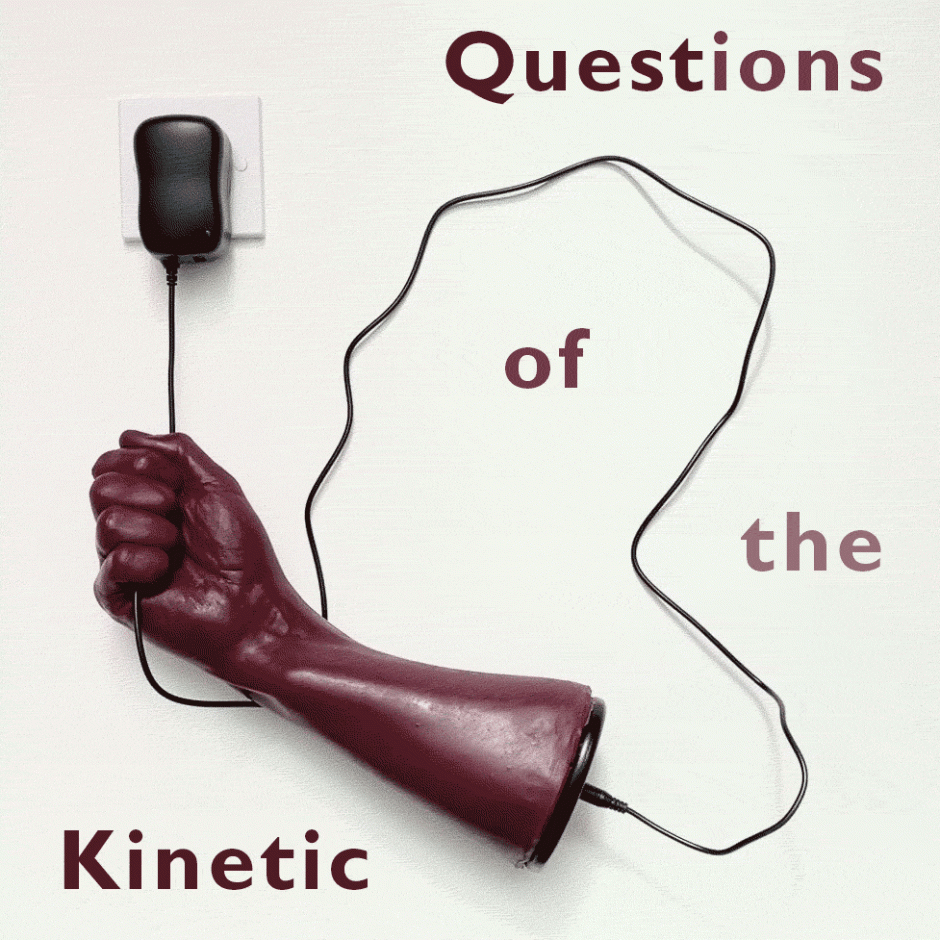Providing a space for all kinds of feedback
Context:
Sometimes, I am invited to run exhibition crits with students when they do exhibitions. One of the problems of these crits is that students are not used to giving or receiving peer feedback and don’t realise the importance of it for their time on the course but also for their continuing personal practices.
Evaluation:
Crits can be experienced as intimidating or boring by students, in a lot of them students expect a teacher to assess and critique their work as opposed to engage in the group discussions. In the report issued by Margo Blythman, Susan Orr Bernadette and Blair called Critiquing the Crit, (Final report, August 2007) there were a lot of factors mentioned by students that made them dislike crits and a lot of them were concerned with student-teacher relationships rather than peer to peer.
In my crits, I try to encourage peer to peer engagement that comes from a place of genuine interest as opposed to feeling like one has to say something to fill the silence or because of being prompted by the teacher. When working with a group of students, I try to draw out common ideas or series of ideas to connect them into a network of linked concepts. In this way students can have group discussions without feeling prompted and each bringing their own perspective to a wider topic. Therefore having a shared entry point leading to better continuous engagement.
When such discussions start taking place, I can step down as a teacher and allow more space for peer to peer feedback. When such interactions take place they aid students building a network between each other and learning to talk about their work in a less formal way with me only bringing in relevant references and occasionally stirring the conversation to different dimensions.
From my observation with Kwame I have learnt about the concept of scaffolding from Vygotsky (1978) and am enriching my understanding of how teaching methodologies can be used to support student in the generation of ideas.
From the workshops I have run at Kingston with Shenece and the feedback Katriona provided in my observation, (see case study 2 and observation respectively) I have learnt greatly about the importance of the pacing of interactions with students and also the necessity for building structures of support and reflection into a lesson plan. This will be a very important way for me to ensure that students gain and have access to understanding the ideas discussed in a session. Using different types of group and individual working, discussion and feedback during a session, I plan to build kind of structural safety net of understanding into my lesson plans: Enabling me better assess if all students are able to understand and engage with the concepts, processes and materials discussed and used.
References
Margo Blythman, Susan Orr Bernadette and Blair called Critiquing the Crit, (Final report, August 2007)
Vygotsky, L.S. (1978) Mind in Society: The Development of Higher Psychological Processes. Edited by M. Cole, V. John-Steiner, S. Scribner and E. Souberman. Cambridge, MA: Harvard University Press.
